I received a comment the other day about the quality of a Voigtlander 40mm Nokton and whether or not it is worth the price it is commanding on the lens market. Well unless you’re a pixel-peeper, quality ends up being a subjective thing as one person’s wacky bokeh, flare-prone and fungus-filled disaster of a lens can be another’s creative dream-come-true. Heck, folks are creating lens adapters today that are transparent to create the bane of photographers everywhere — light leaks!
Anyhow, the comment got me thinking about my lens collection (which I’m starting to cull) and the looks each lens creates on my Sony A7. I’ve got quite a few lenses in the 45mm to 58mm range, so I set up a simple shoot test to see what they look like wide open as for many, that’s the reason for buying a fast lens the first place — shallow DOF in low light. I set up an angled shot across my desk that focused on three points: nearest on the back of a stuffed animal, middle on the front end of a hanging microphone, and farthest on the knobs and lights of an audio processor.
Light was cloudless natural sunlight (mid-March, 10:30am to 11am PDT) from a window 45 degrees to the right of the frame. I intentionally set up the shot that way to see what would happen to the lens if it had a strong, yet diffused light source just out of frame. I did turn on a lamp on my desk that contains a constellation of point 20w halogen bulbs to splash a little light in the darker corners, too. Also, no lens hoods nor UV filters were used — what you see is the light entering the front element as the lens itself was designed. I used auto WB and auto ISO to simulate just picking up the camera and shooting with whatever lens is mounted to it in order to show how the Sony A7 sensor and software will react to the glass without human intervention.
Finally, I strapped the camera to a tripod, set the Sony A7 body at 1/160 of a second, auto ISO with neutral color, no exposure compensation, and started shooting away. Once I worked through my primes, I switched to a couple of zooms and set them as close to 50mm (or full-frame 50mm equivalent for APS-C lenses) as possible. The focus distance was set to the rather long minimum distance of the Voigtlander 40mm Nokton. For the Olympus OM zoom, I had to move the tripod back an inch to achieve close focus and the vintage Nikon zoom was so far out of focus, I didn’t bother.
Anyhow, below are the three shots for each lens with the aperture opened as wide as it can be for each lens along with the slate image (which I find fascinating as it shows how an iPad can mess up exposure and colors quite easily in auto ISO/auto WB). The full size images can be found by clicking on the thumbnails below. The full size images are unretouched JPGs so you can take a look at the images at full size if you like. The point of my shooting these was to capture the subjective elements of the lenses — those quality things that scientific values indicate but can’t really illustrate without looking at the whole image. There are no RAW versions, just the JPGs.
The order of the list is based on the name of the lens and/or manufacturer and then base focal length. In other words, there is no “meaning” to the order whatsoever. I hope some find this useful.
Contax G Carl Zeiss Planar 45mm f2.0 T*
This was the standard lens from the Contax G series of autofocus rangefinder cameras.
Helios 44-2 M42 58mm F2.0
This lens was made in USSR and is known to be a good taking lens for anamorphic video.
Minolta MD Rokkor-X 50mm f1.4
This was the standard lens on Minolta SLRs. This particular copy came with a Minolta XD-11 from the early 1980s.
Minolta MD Rokkor-X MC PF f2.0
This was the standard lens on Minolta SLRs. This particular copy came with a Minolta SRT-201 from the late 1970s and has had a particularly tough life. It has regularly seen the extreme heat of fire scenes and has been, quite literally, frozen in a sheet of ice that was built up on front of my late father’s firefighter bunker jacket during a house fire that was fought in temperatures of -30 degrees F. The lens front element at times was superheated from the flames while the rear element and camera body were in ice.
Nikon G Nikkor AF-S DX 18-200mm Zoom @ 35mm ~f4.0
This is the lens that sits on my Nikon D200. It is an APS-C lens, so the Sony A7 was set to crop the image for APC glass and I zoomed the lens itself to 35mm to approximate 50mm.
Nikon F Nikkor 43-86mm Zoom @ 50mm f3.5
This lens is a light flare classic that I specifically purchased to capture light flare. The close focus shots are indeed out-of-focus because my tripod distance (set for the Voigtlander) was too close for this lens. It has a rather long close-focus distance. Also at f3.5, interestingly, it was really difficult to focus using focus peaking in the viewfinder. This lens is definitely of the focus-by-feel variety.
Olympus OM Zuiko 35-70mm Zoom @ 50mm f3.6
This lens I picked up in Chicago. It is a two-touch zoom and the fastest Olympus zoom of the era.
Olympus OM Zuiko MC 50mm f1.4
This was the standard lens on Olympus manual-focus SLRs.
Sony E OSS 18-55mm Zoom @ 35mm f4.5
This is the kit lens for a Sony NEX-5. It is an APS-C lens, so I zoomed the lens to 35mm to approximate 50mm. In addition, I manual focused the lens in the same manner as all of the other lenses so that it was focused on the same point.
Voigtlander M Nokton classic 40mm f1.4
This is a compact lens designed for the Leica M-series rangefinder cameras. The focal length matches that of the standard lens of the Minolta CLE rangefinder.

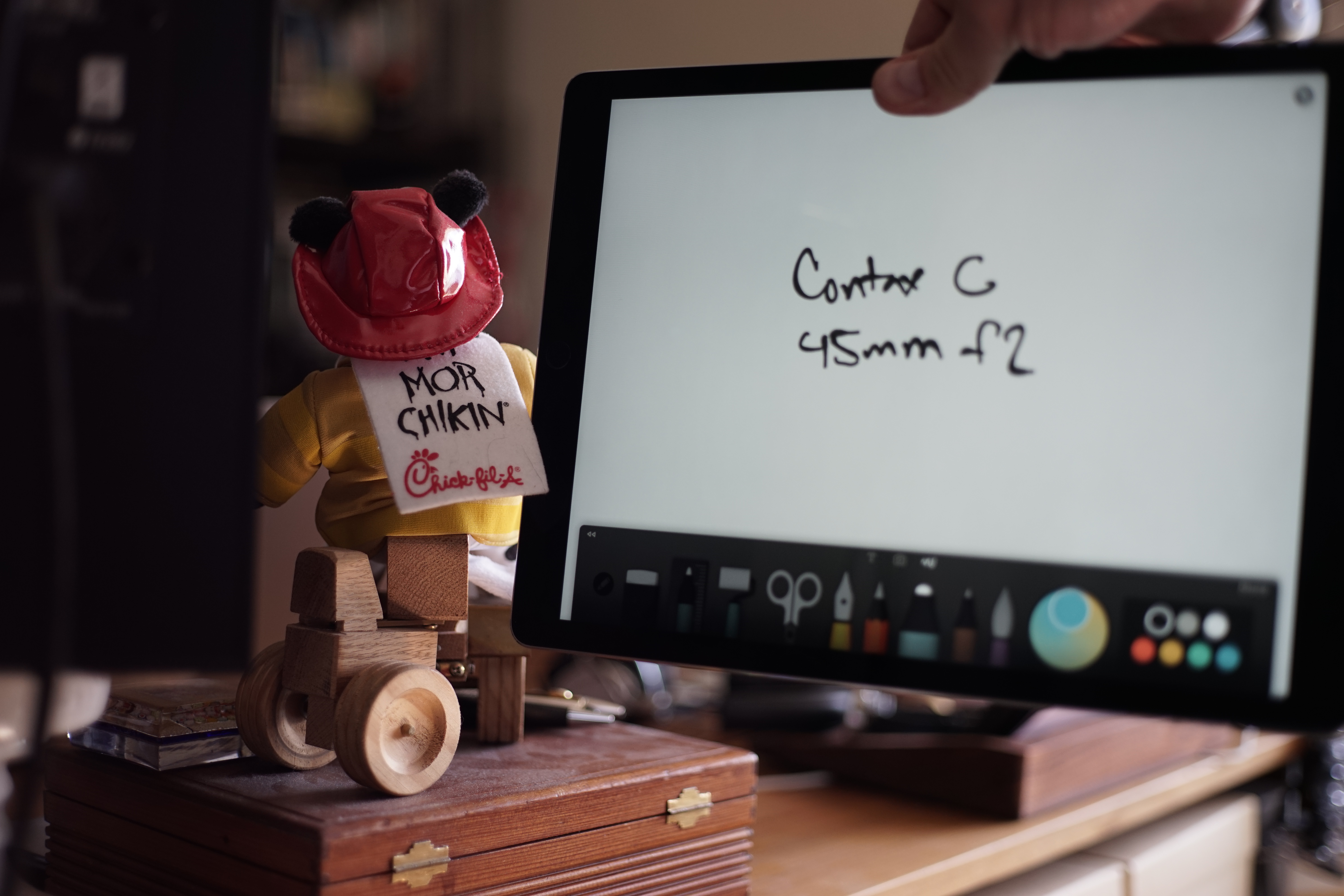
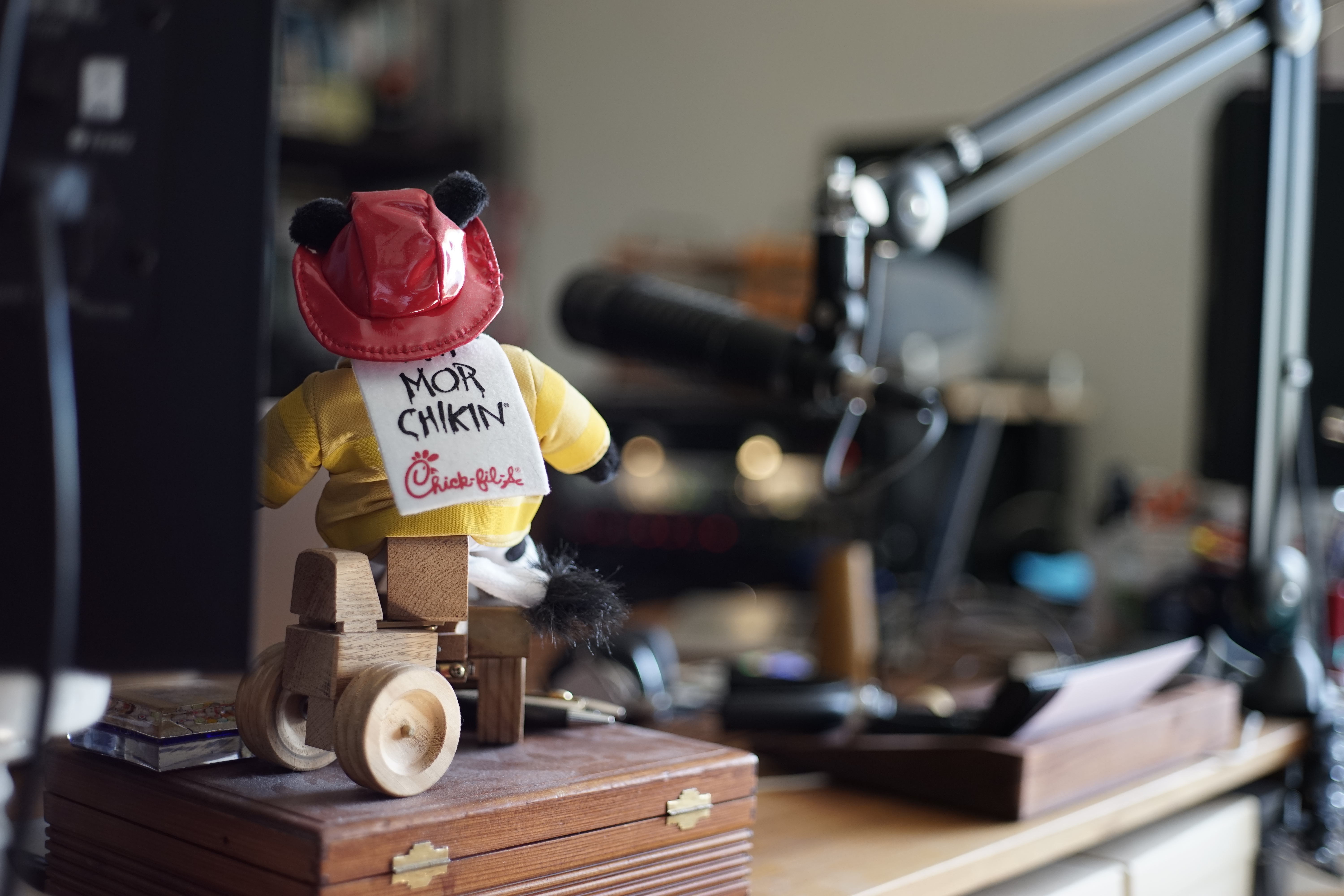


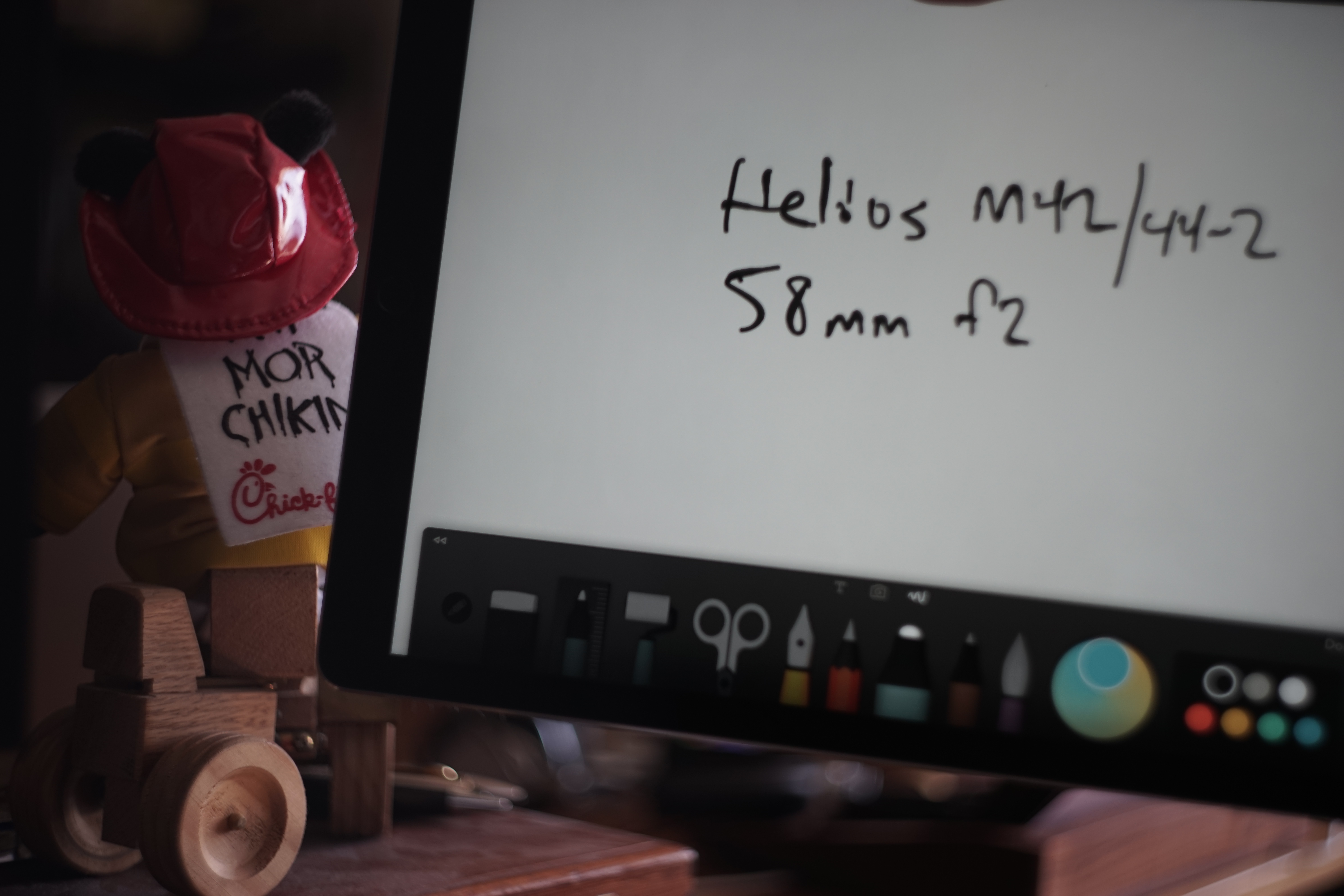






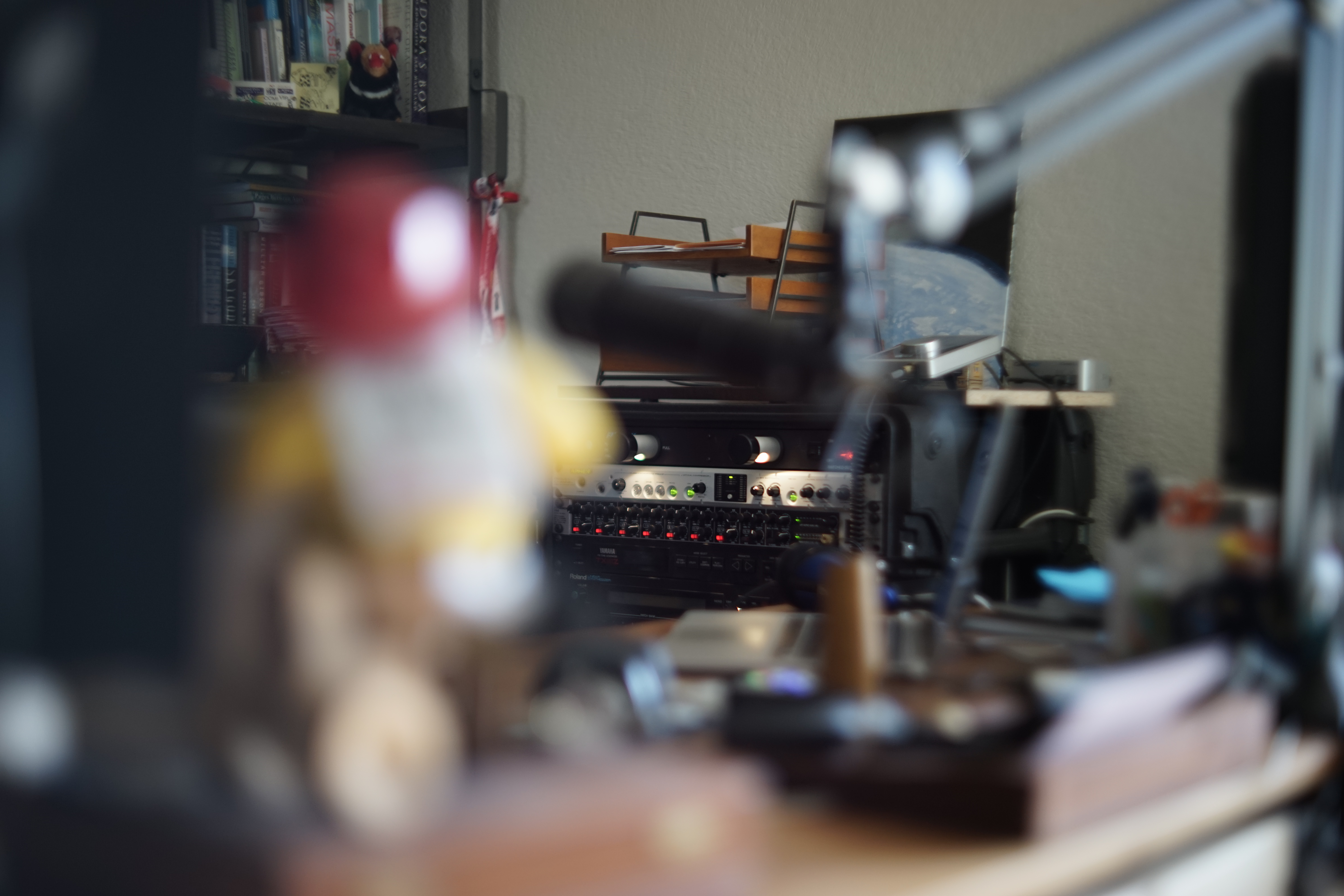
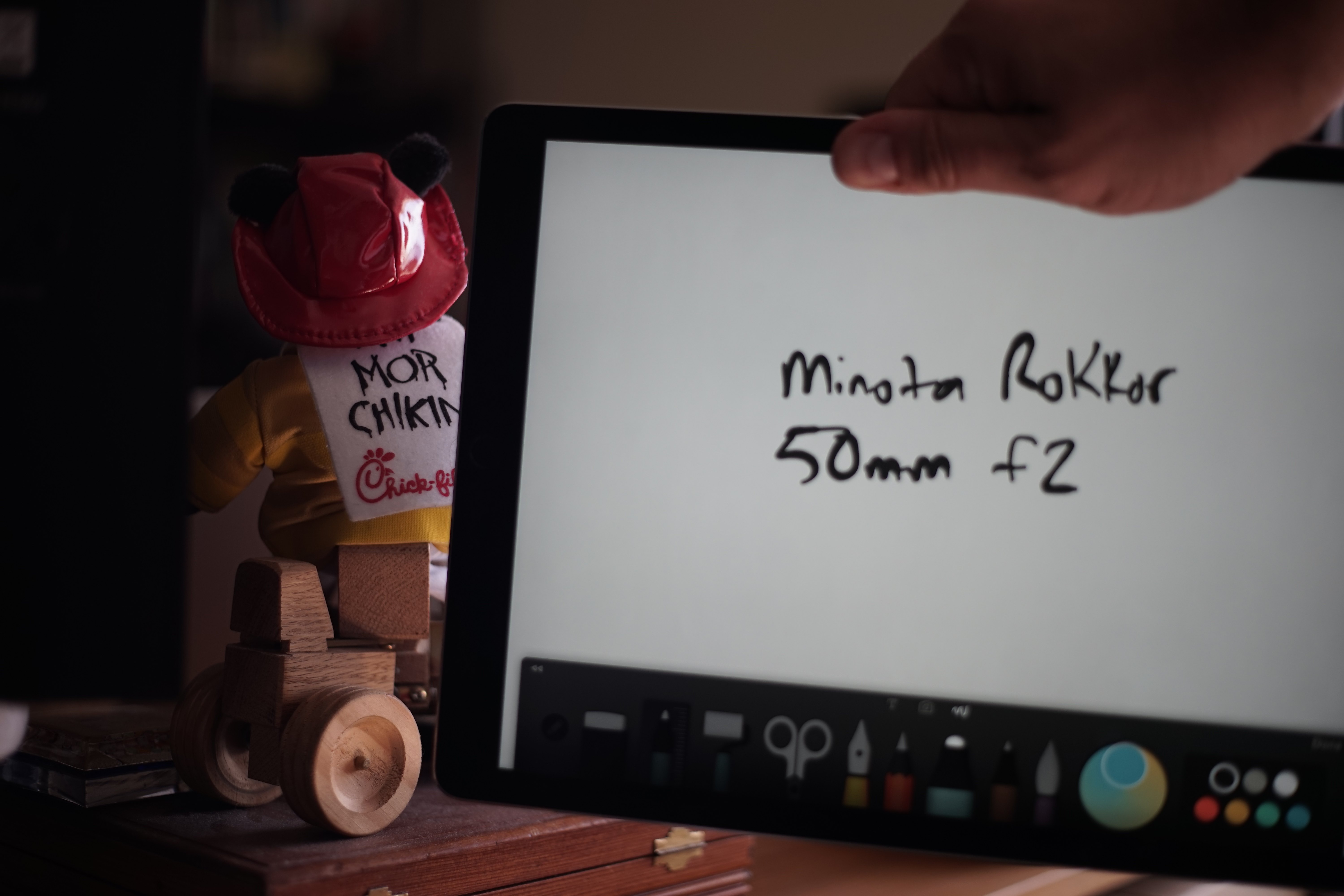
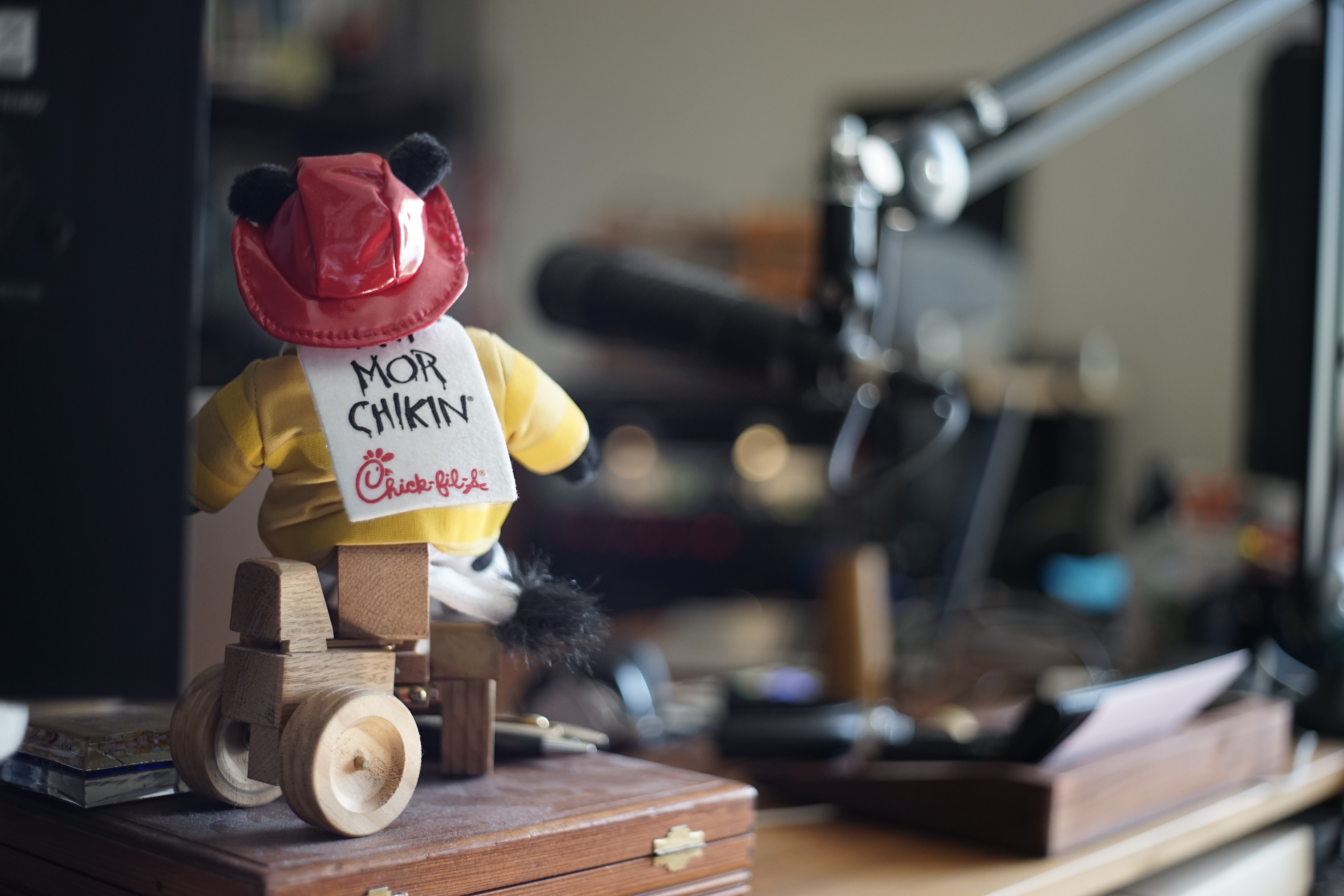
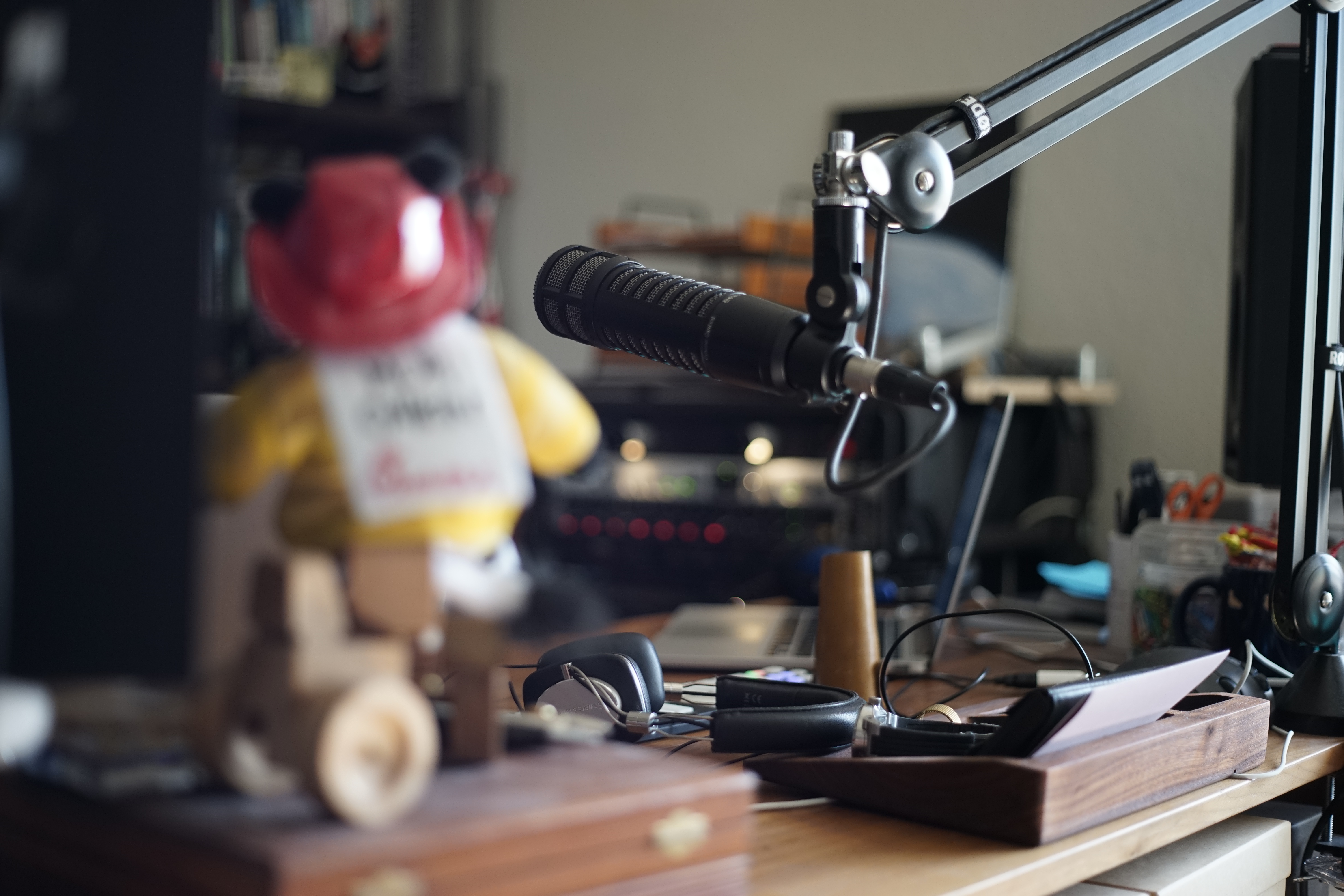



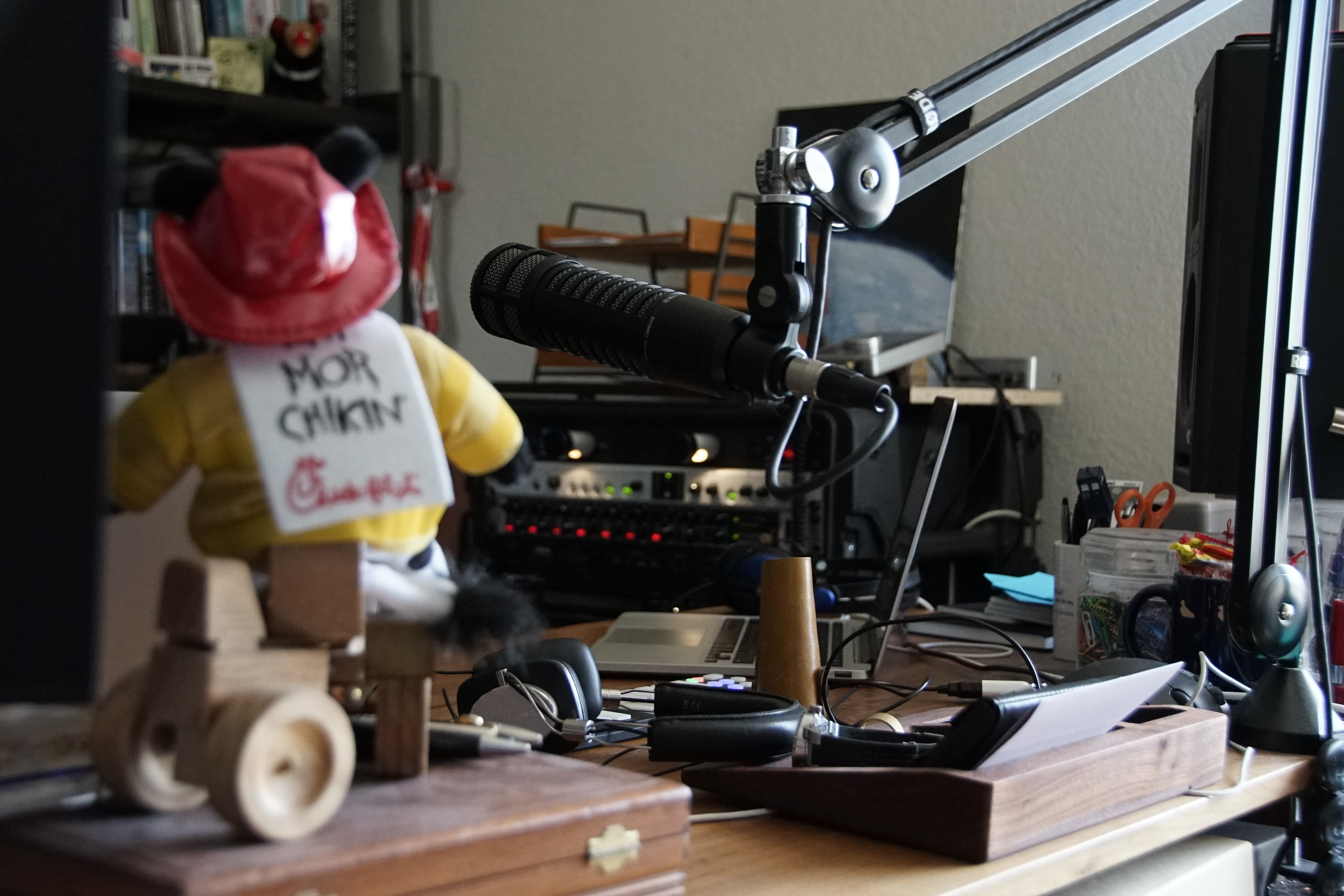
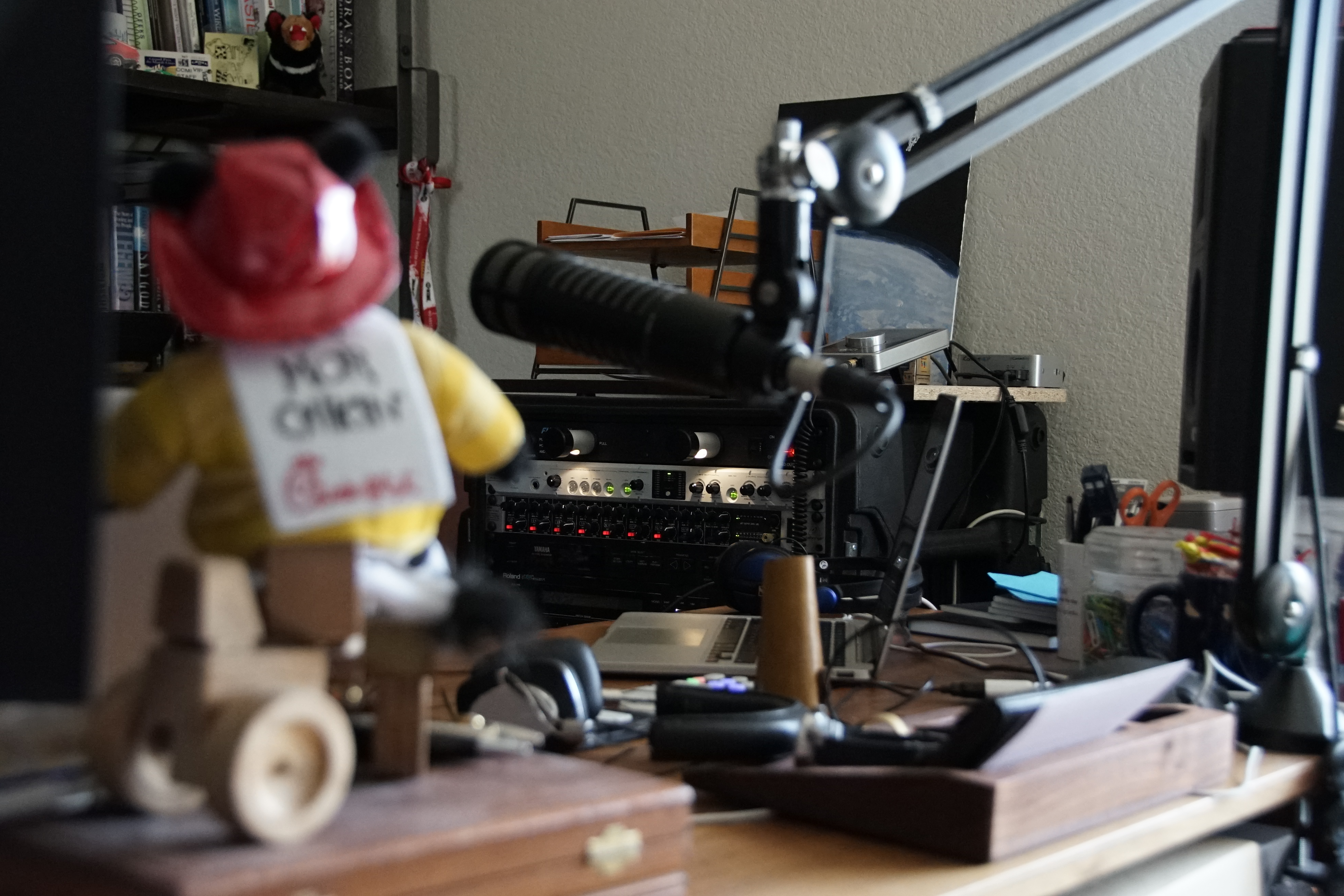

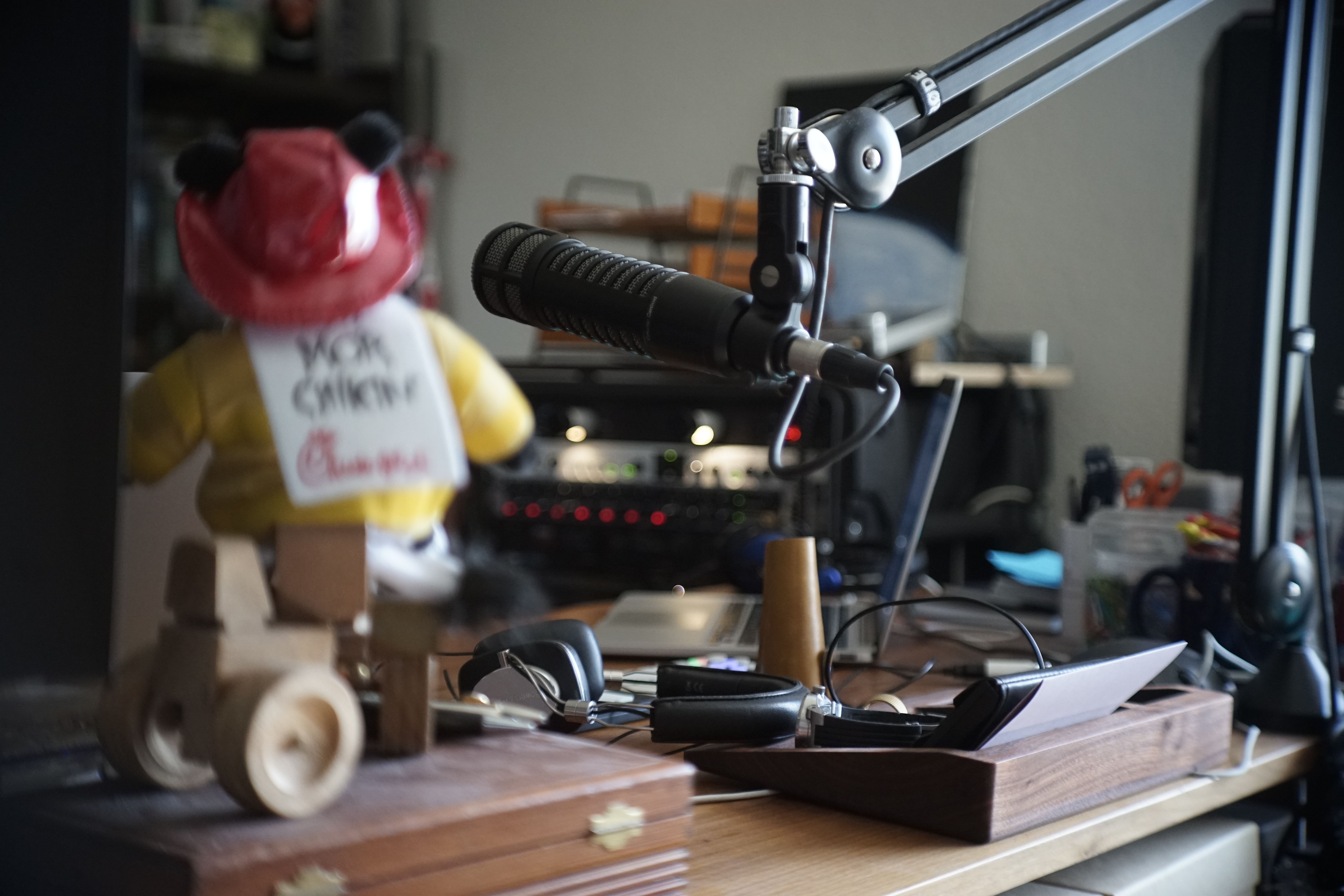
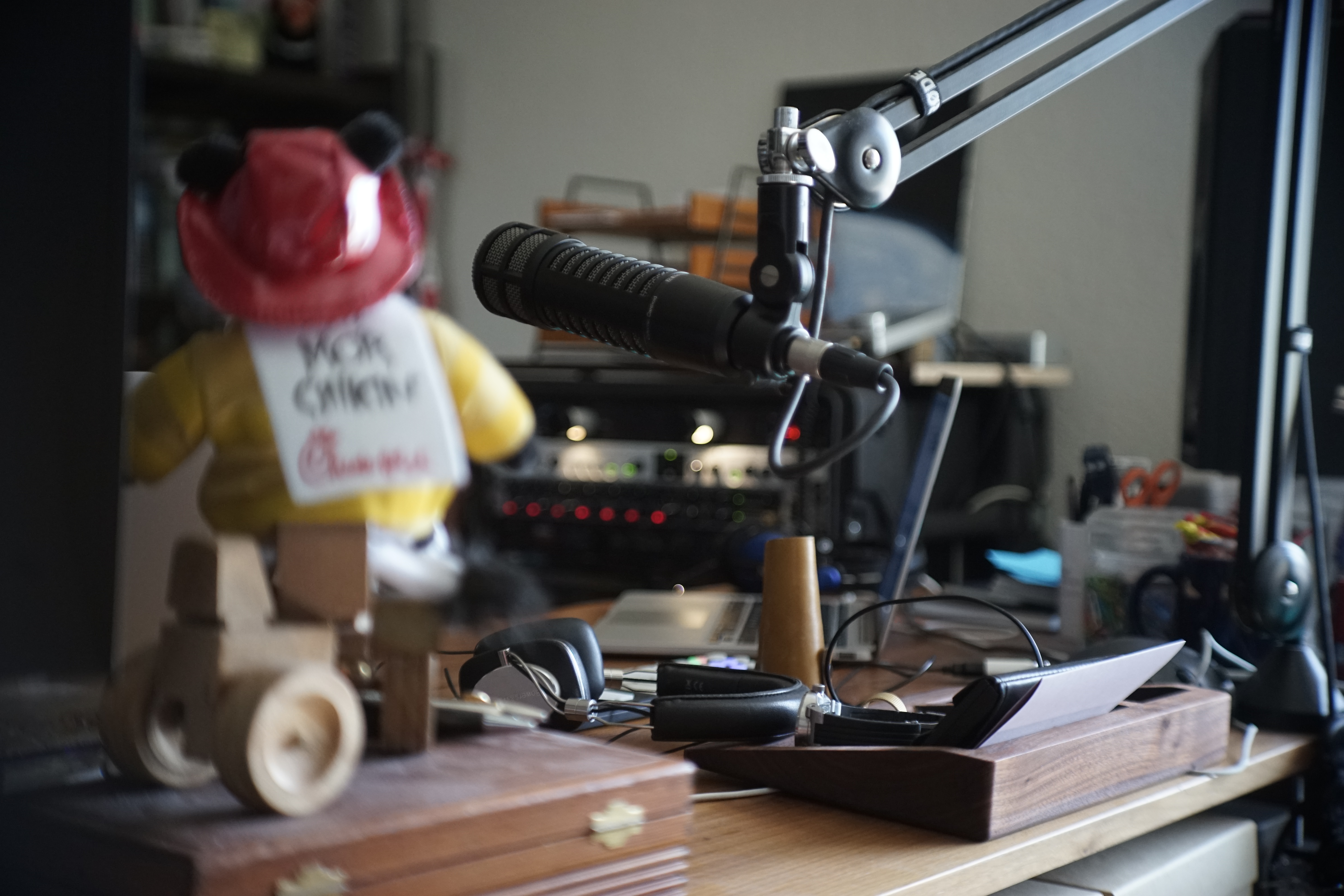
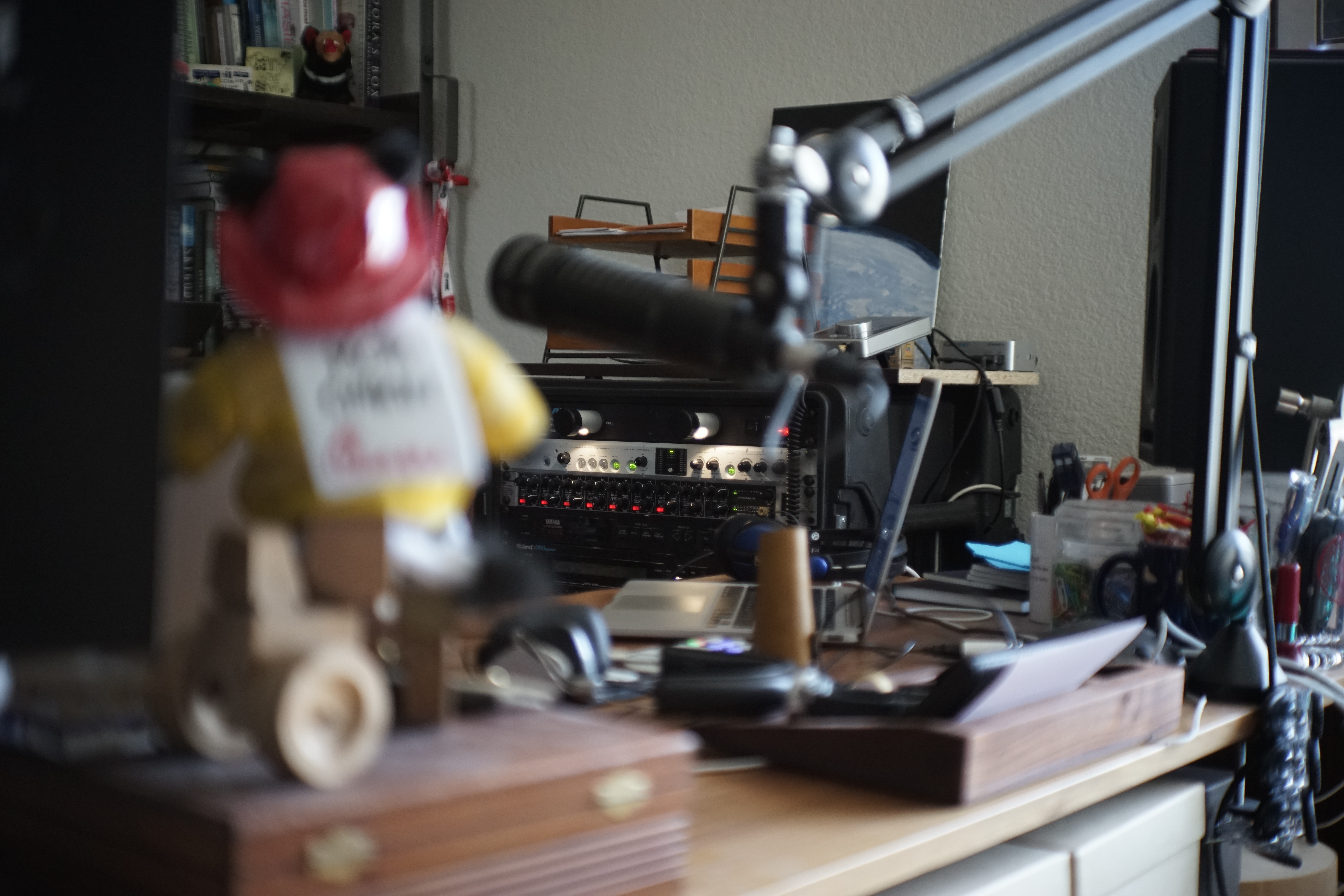
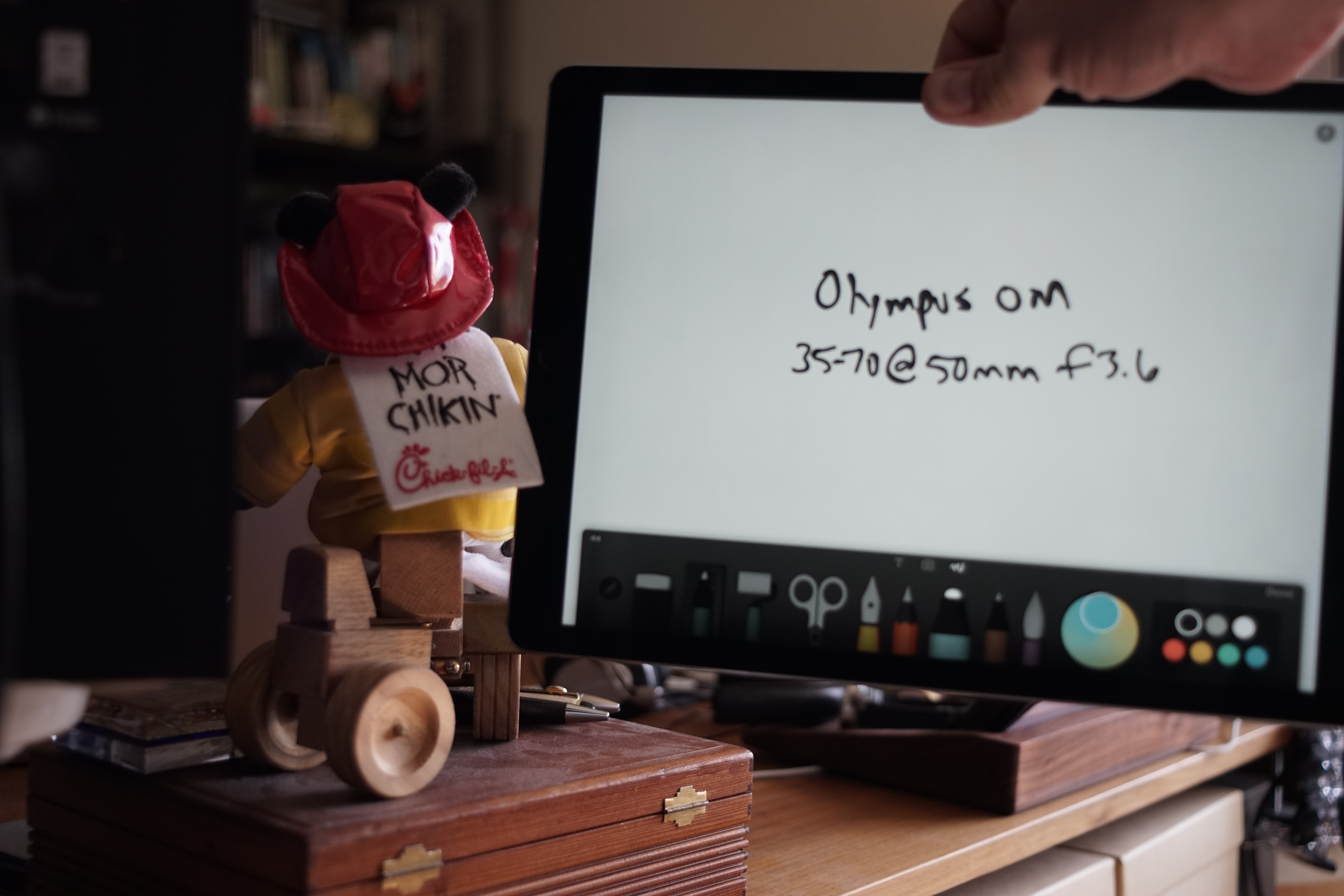
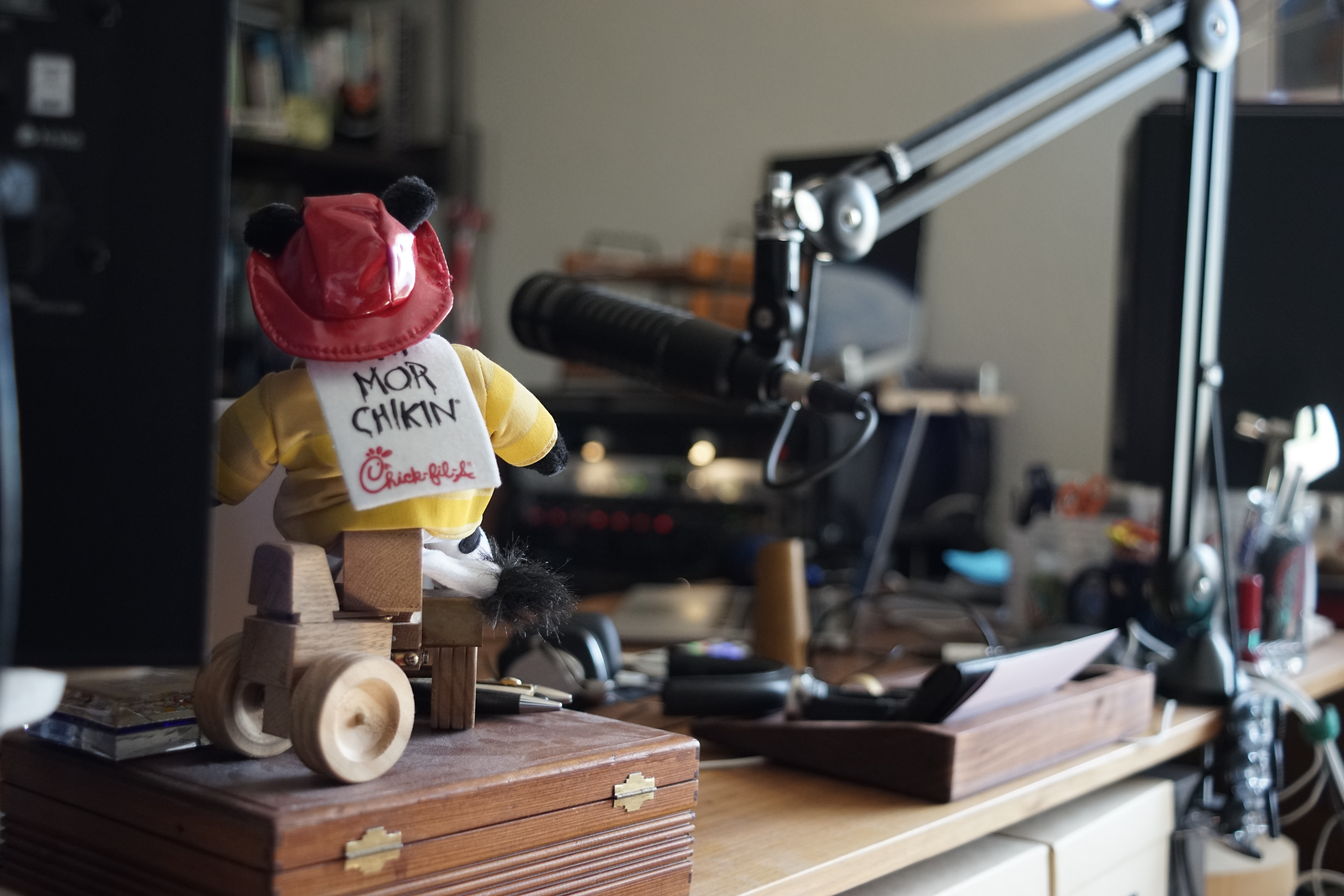

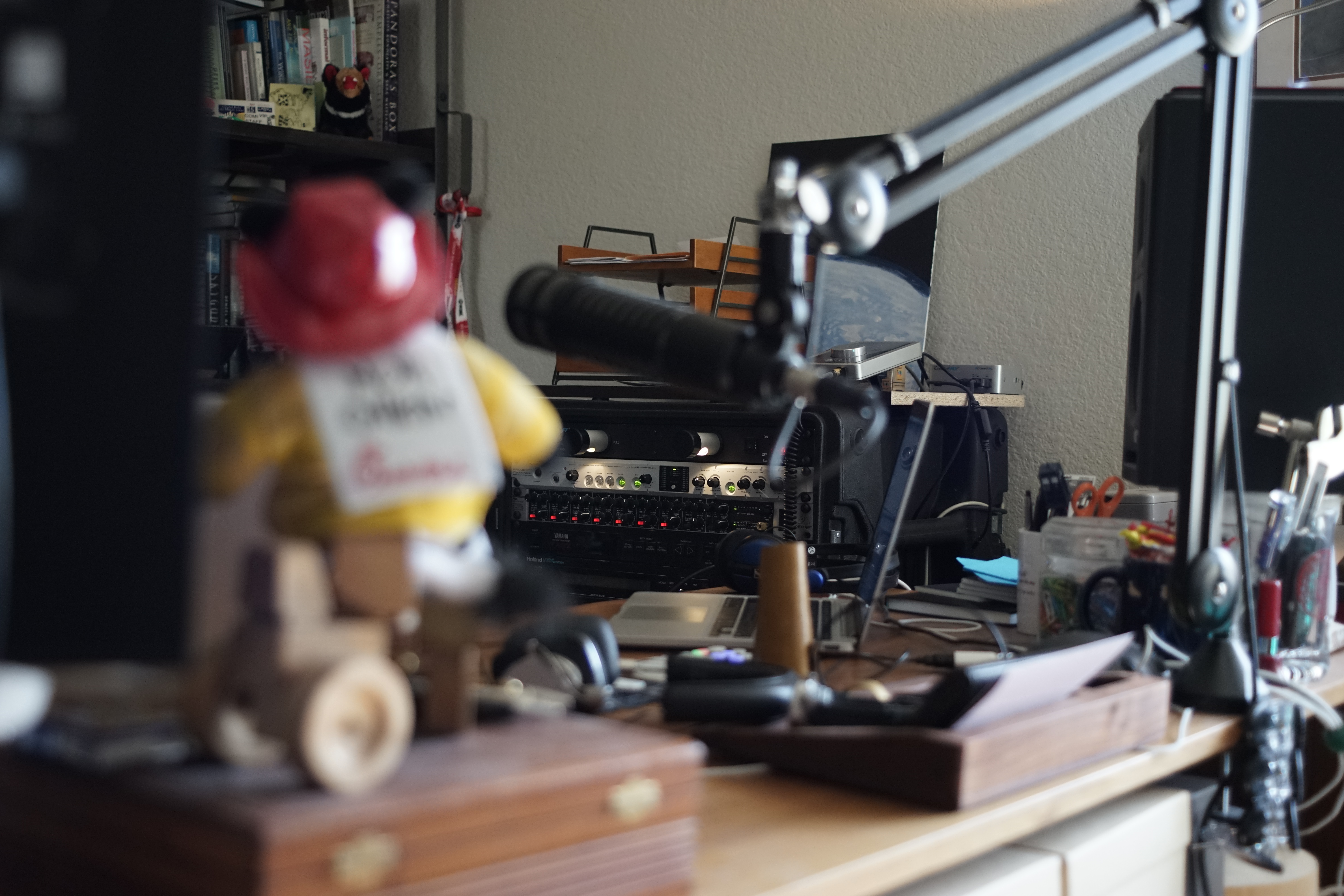
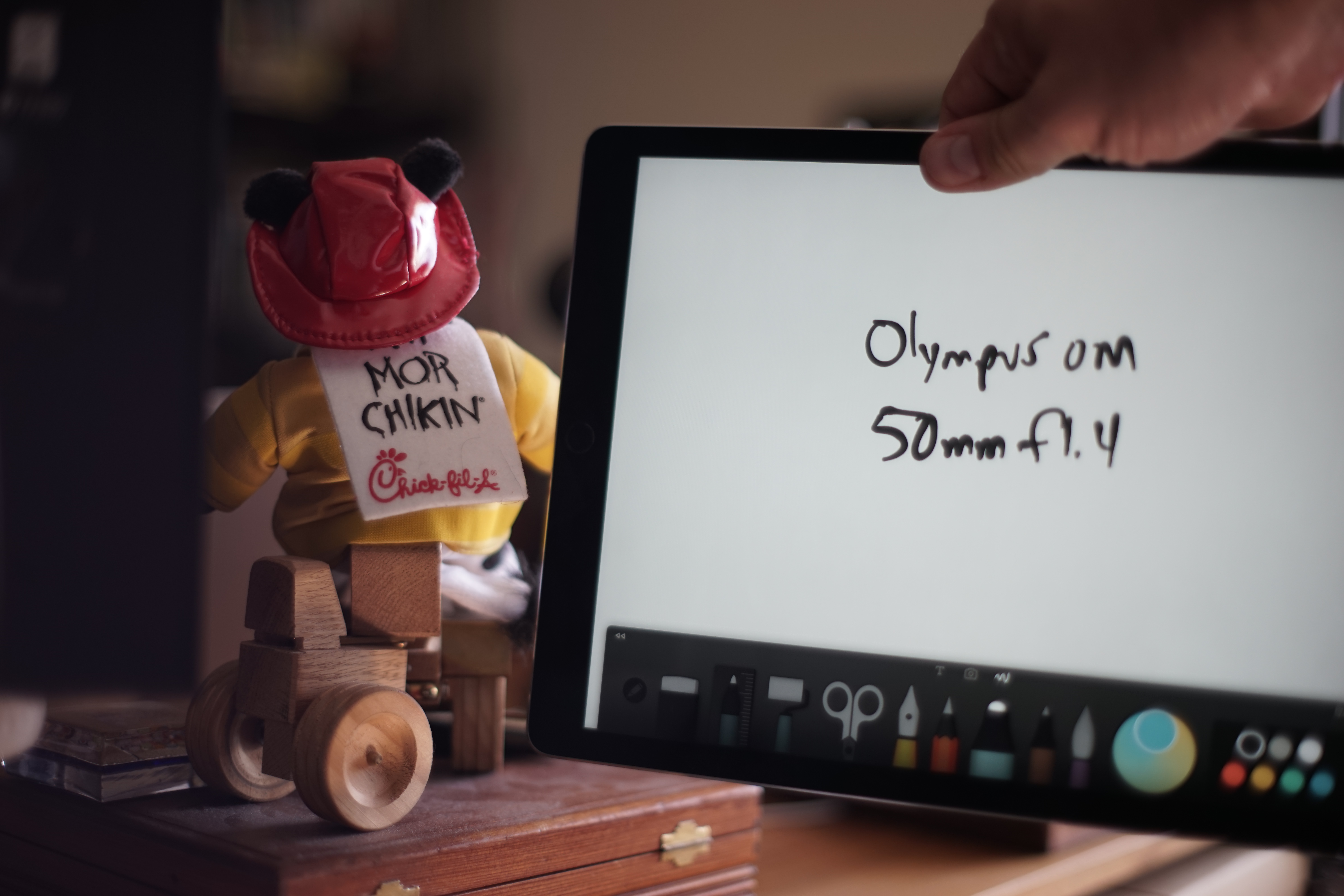
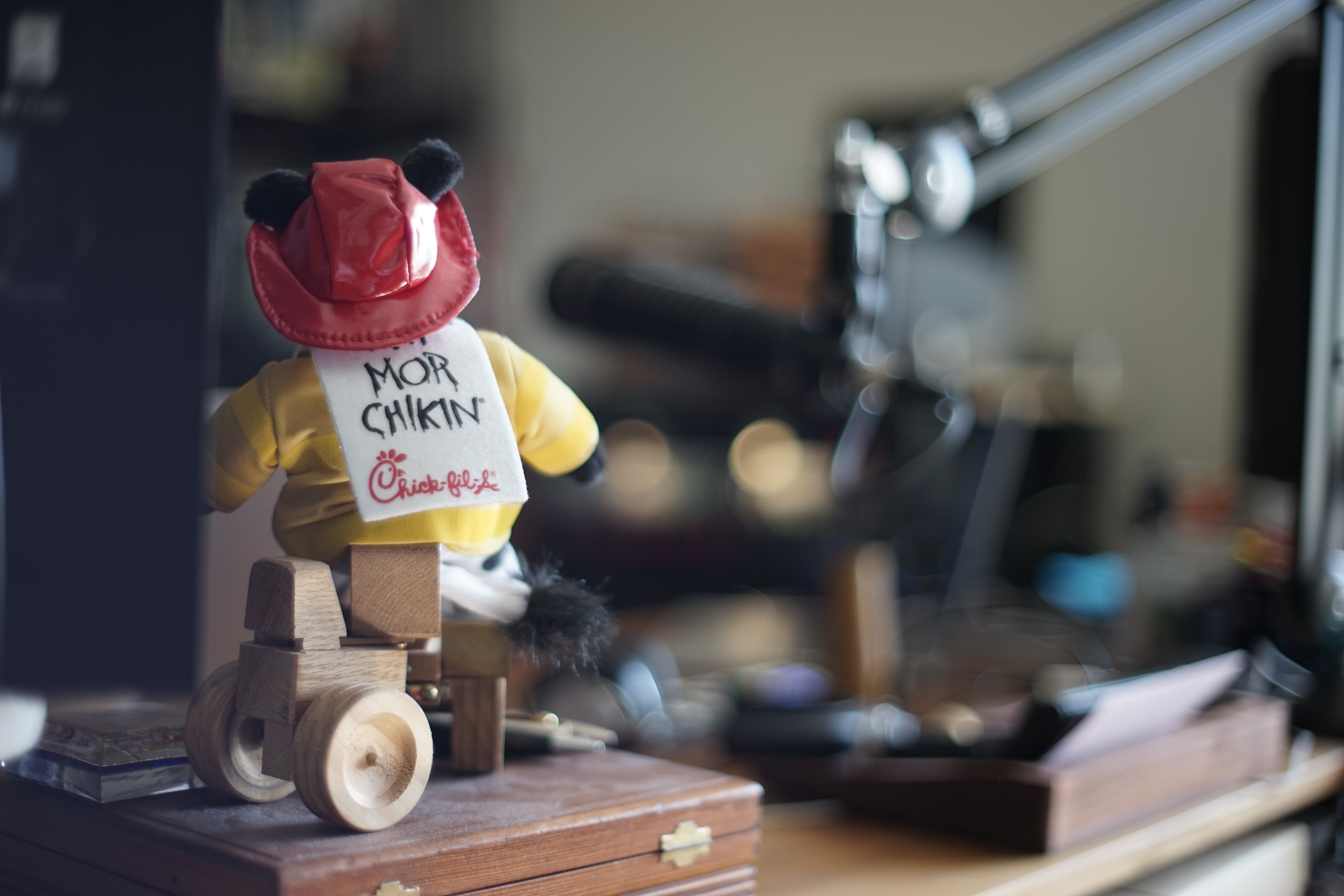


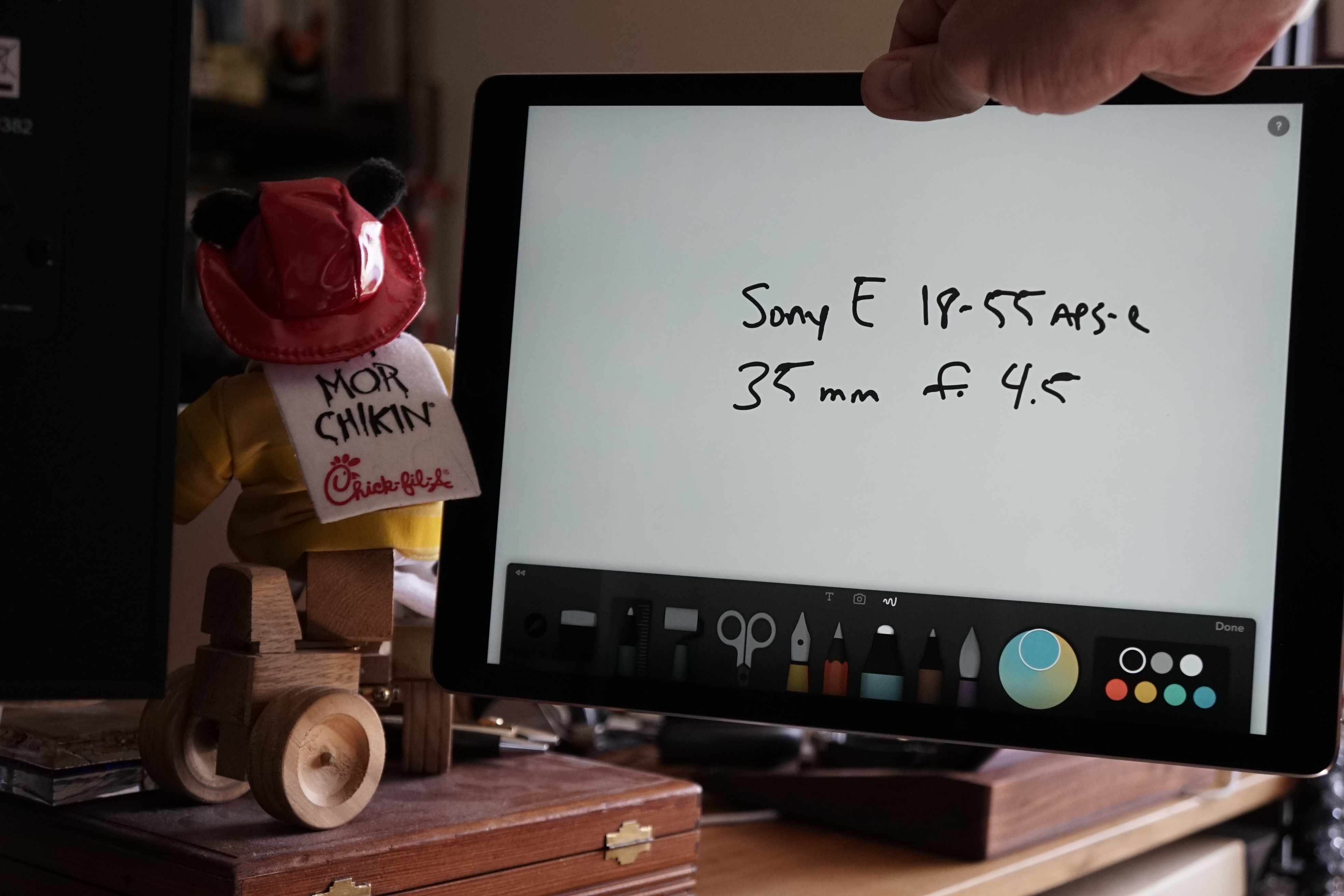
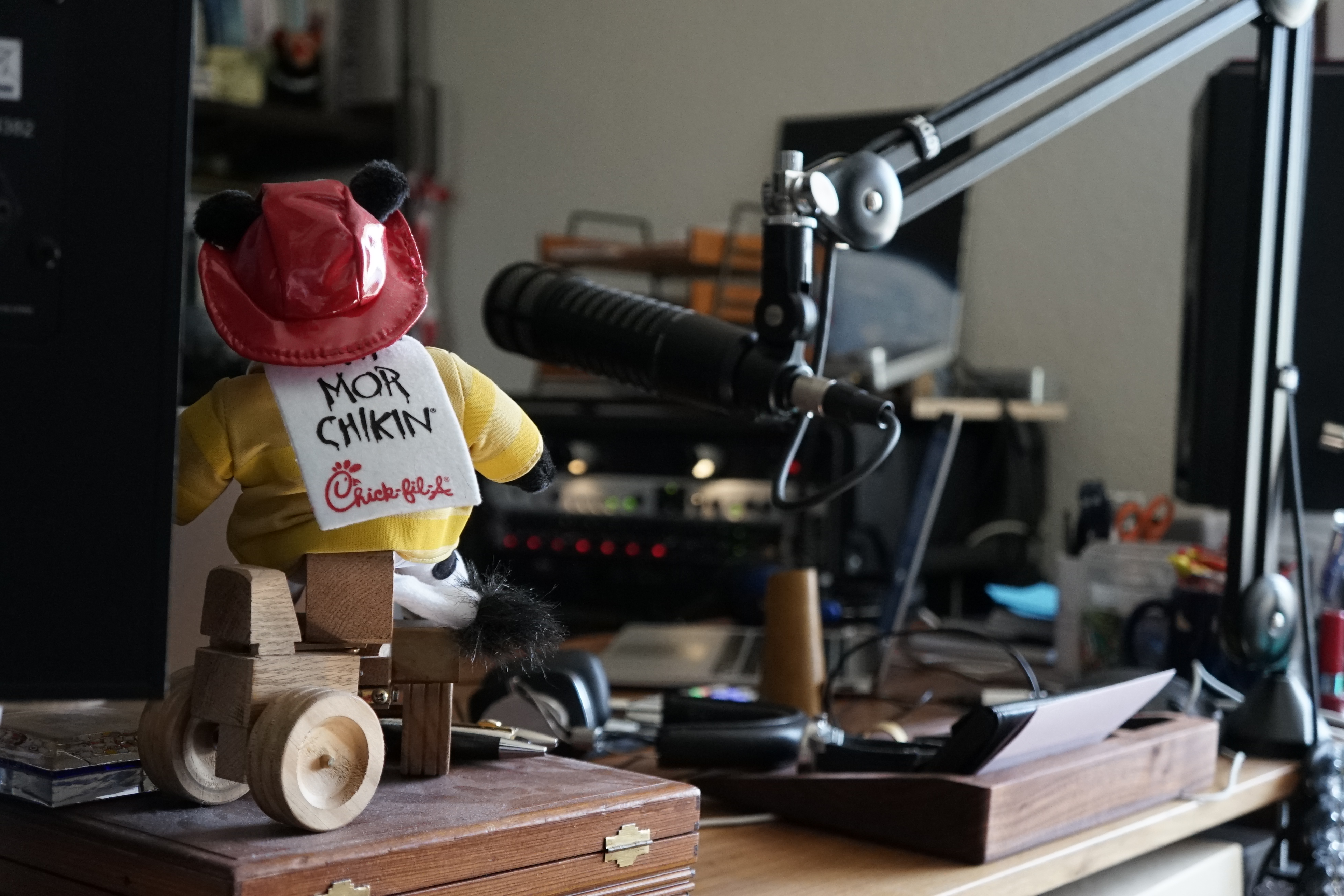
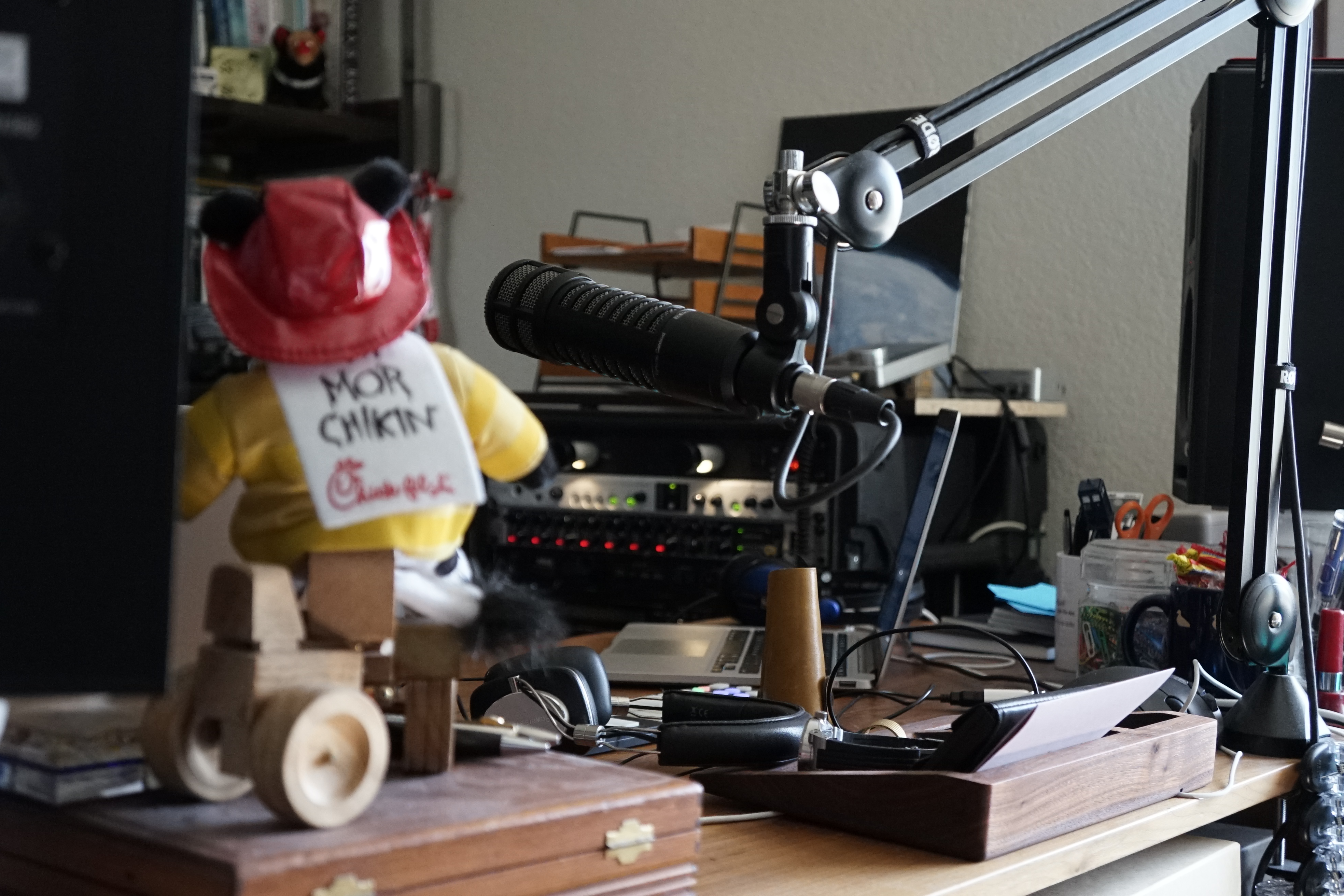



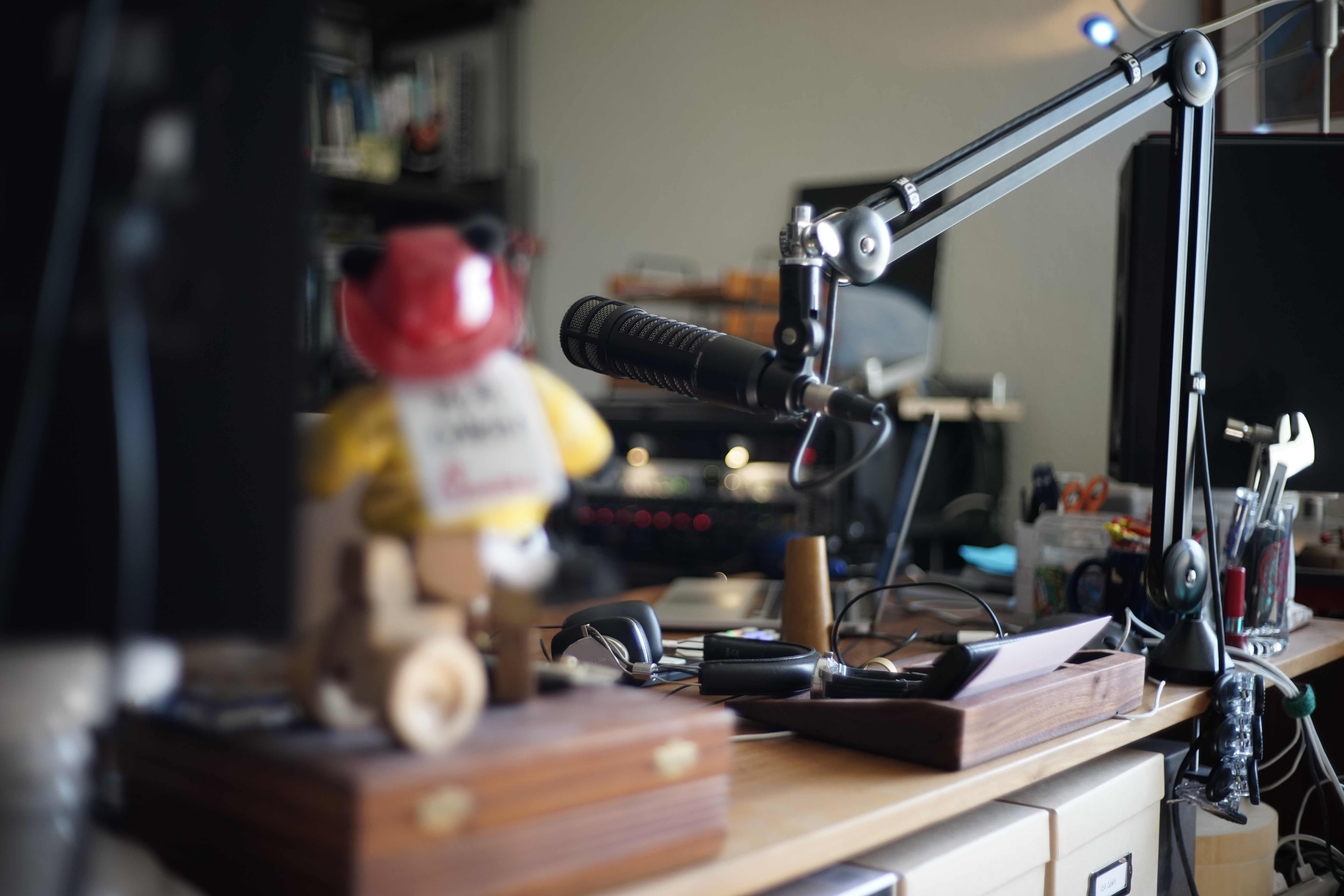
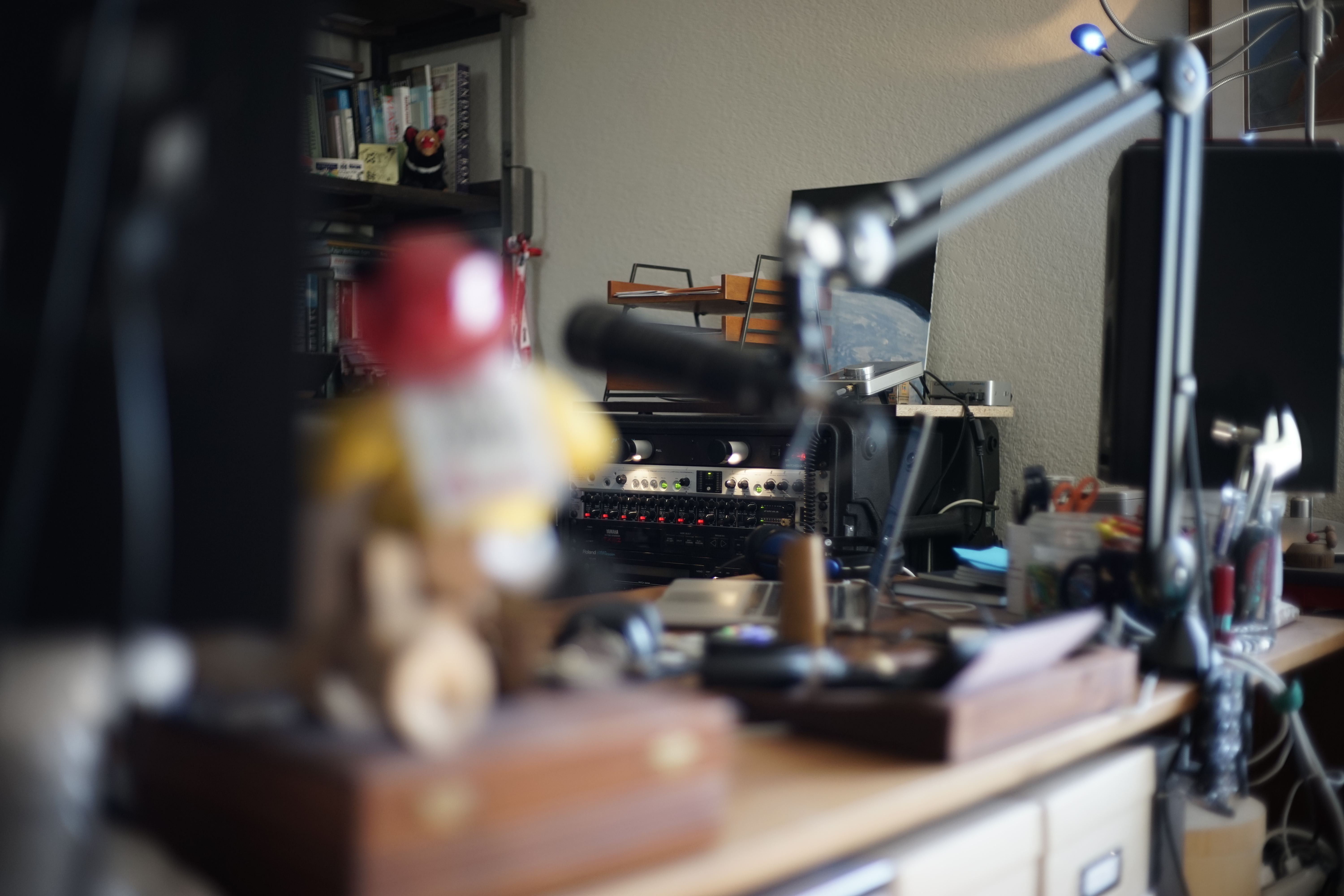
Happy to.
How great to see these classic lenses side by side. Thanks for sharing.